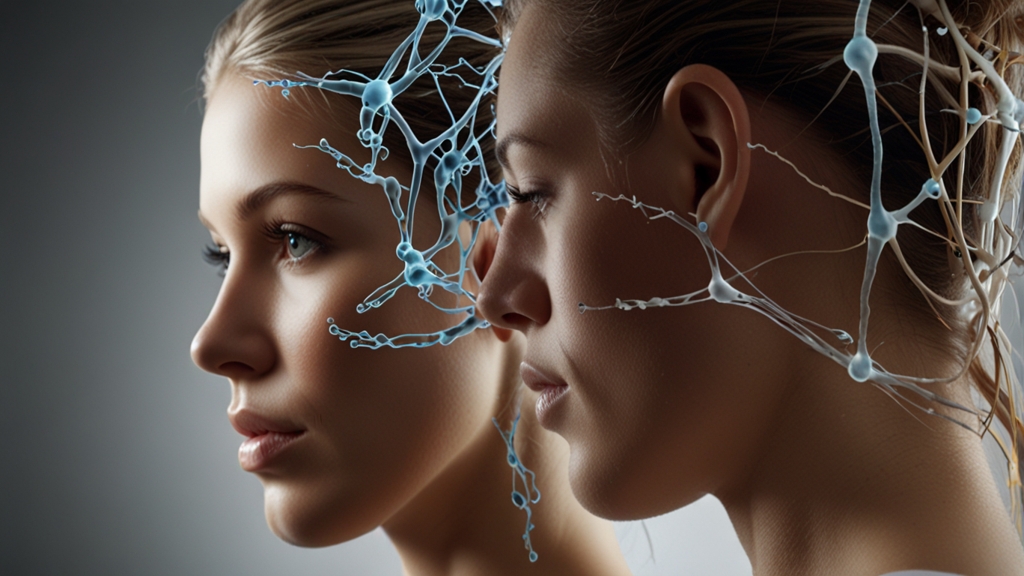Unlocking Human Potential: The Science of Neuroplasticity
The human brain is a marvel of nature, capable of astonishing feats and adaptability. Central to this adaptability is the concept of neuroplasticity, the brain's ability to rewire and reorganize itself by forming new neural connections. This incredible function provides us with the tools to learn new skills, recover from injuries, and adapt to new situations. As we delve into the science of neuroplasticity, we uncover a profound understanding of how we can unlock human potential.
What is Neuroplasticity?
Neuroplasticity refers to the brain's ability to change and adapt throughout an individual's life. It involves both the strengthening of existing neural pathways and the creation of new ones. This dynamic process is fundamental to learning, memory, and the brain's ability to recover following trauma or disease.
Neuroplasticity is a lifelong phenomenon. While it is most pronounced during childhood, when the brain is rapidly developing, research has shown that the adult brain retains a significant level of plasticity. This means that we have the potential to continue growing and adapting throughout our lives.
Mechanisms of Neuroplasticity
There are two main types of neuroplasticity: structural and functional. Structural neuroplasticity involves changes in the brain's physical structure. This can include the growth of new neurons (neurogenesis) and the formation of new synapses (synaptogenesis). Functional neuroplasticity, on the other hand, refers to changes in the efficiency of neural connections, influencing how information is processed and transmitted.
"The brain is a world consisting of a number of unexplored continents and great stretches of unknown territory." - Santiago Ramón y Cajal
At the cellular level, neuroplasticity is driven by several mechanisms including synaptic plasticity, where the strength and efficiency of synaptic connections are modified. This can occur through processes such as long-term potentiation (LTP) and long-term depression (LTD), which strengthen or weaken synaptic connections, respectively.
Factors Influencing Neuroplasticity
Numerous factors influence the extent and efficacy of neuroplastic changes. Environmental enrichment, physical activity, learning, and social interactions have all been shown to promote neuroplasticity. Conversely, stress, aging, and certain neurological conditions can impede these adaptive processes.
One of the most potent enhancers of neuroplasticity is learning. Engaging in new and challenging activities stimulates the brain, encouraging the formation of new neural connections. Physical exercise has also been shown to boost neuroplasticity by increasing blood flow to the brain and promoting the release of neurotrophic factors, which support neuron growth and survival.
"Neurons that fire together wire together." - Donald Hebb
Implications for Health and Development
The capacity for neuroplasticity holds significant implications for health and human development. For individuals recovering from brain injuries such as stroke or traumatic brain injury (TBI), the principles of neuroplasticity can be harnessed to regain lost functions. Through targeted rehabilitation and therapeutic interventions, patients can stimulate neural reorganization and recovery.
In the realm of mental health, neuroplasticity offers hope for individuals with conditions such as depression, anxiety, and post-traumatic stress disorder (PTSD). Techniques like cognitive-behavioral therapy (CBT), mindfulness, and medication can promote neuroplastic changes that alleviate symptoms and improve overall wellbeing.
Unlocking Our Full Potential
Neuroplasticity presents a compelling framework for unlocking human potential. By understanding and leveraging the brain's inherent capacity for change, we can enhance learning, foster resilience, and promote recovery. This powerful adaptability underscores the immense potential within each of us, encouraging continuous growth, exploration, and self-improvement.
As we continue to uncover the mysteries of neuroplasticity, we move closer to a future where the boundaries of human capability are continually expanded. Whether through personal development, educational advancements, or medical breakthroughs, the science of neuroplasticity provides a beacon of hope, illuminating the path towards a thriving and resilient humanity.












